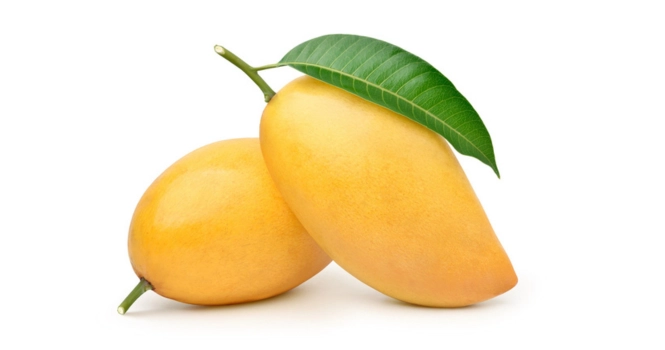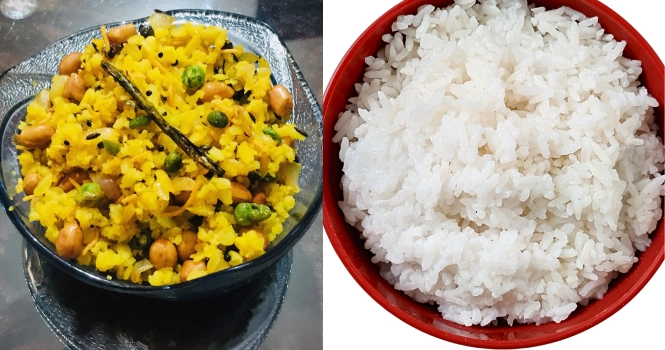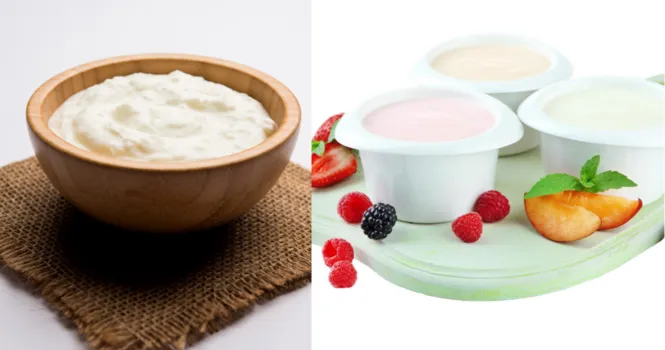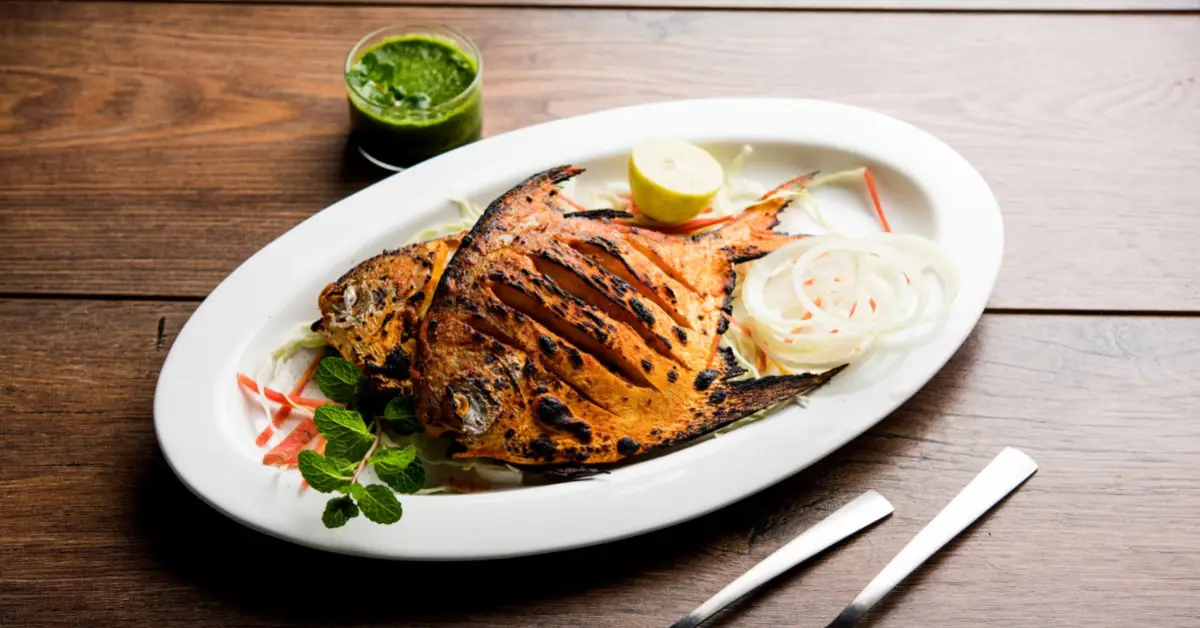Does Beer Contain Sugar? Unveiling the Truth About Beer and Sugars
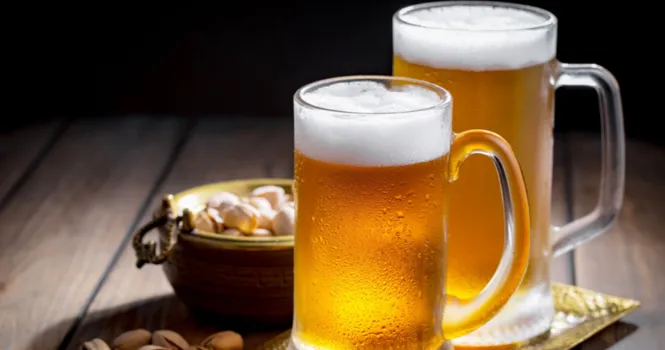
When it comes to beer and its sugar content, there’s often some confusion.
To clarify, beer does contain sugars, but the type and amount can vary significantly depending on the brewing process and the specific style of beer.
Beer’s Sugar Content
Beer is made from four primary ingredients:
- Water
- Malted barley (or other grains),
- Hops, and
- Yeast.
The brewing process begins with the malting of grains, where the grains are soaked in water, allowed to germinate, and then dried.
This process converts the starches in the grains into fermentable sugars. During the fermentation process, yeast consumes these sugars, converting them into alcohol and carbon dioxide.
Residual Sugars: Not all sugars are fully fermented by the yeast, leaving behind what are known as residual sugars.
The amount and type of residual sugar depend on the yeast strain’s efficiency and the fermentation conditions. These residual sugars contribute to the beer’s flavor profile and body.
Types of Sugars: The sugars in beer are primarily maltose and maltotriose, which are more complex than simple sugars like glucose and fructose.
Because these sugars are less sweet and more complex, beer typically does not taste overtly sugary, especially compared to beverages like sodas.
What are Hops?
Hops, scientifically known as Humulus lupulus, are the flowers (also called seed cones or strobiles) of the hop plant. They are used primarily as a bittering, flavoring, and stability agent in beer, to which they impart floral, fruity, or citrus flavors and aromas. Hops are also known for their preservative qualities, which were especially valuable before the advent of modern refrigeration.
In the brewing process, hops are typically added during the boiling stage, though they can also be used during fermentation (a process known as “dry hopping”) to enhance aroma without significantly affecting bitterness. The bitterness in hops comes from compounds called alpha acids, which are converted into bitter iso-alpha acids during the boiling process in brewing.
Beyond their use in brewing, hops have been used in herbal medicine, and they are sometimes grown for decorative purposes due to their attractive appearance.
Beer Styles and Sugar Content
The sugar content in beer can vary widely across different styles, influencing not only the sweetness but also the body, mouthfeel, and overall flavor profile of the beer.
Here’s a look at how sugar content can differ in some popular beer styles:
1. Light Lagers and Pilsners: These beers are known for their crisp, clean taste and generally have a lower residual sugar content. The fermentation process is usually quite thorough, leaving minimal sugars behind. This results in a light body and a refreshing finish, making them popular choices for those seeking a less sweet beer.
2. Ales (Pale Ale, IPA, etc.): Ales, including pale ales and IPAs (India Pale Ales), can vary in sugar content depending on the specific brewing process and ingredients used. Generally, they have a moderate level of residual sugars, contributing to a balanced sweetness that complements the hop bitterness. IPAs, with their strong hop profile, may have higher sugar content to balance the bitterness.
3. Stouts and Porters: These darker beers are often characterized by a noticeable sweetness due to higher levels of unfermented sugars. The roasted malt used in stouts and porters imparts flavors of chocolate, coffee, and caramel, which are complemented by the residual sugars, giving these beers a fuller body and a richer taste.
4. Belgian Ales: Belgian-style ales, including Dubbels, Tripels, and Quadrupels, are known for their complex flavor profiles with fruit and spice notes. These beers often have a higher sugar content, which is balanced by the yeast’s production of fruity esters and spicy phenols. The result is a beer that is sweet yet balanced, with a high alcohol content that is often well-masked by the intricate flavors.
5. Barleywines and Strong Ales: These are among the highest in residual sugar content, which contributes to their rich, viscous body and intense flavor profiles. The high sugar content not only adds sweetness but also supports the elevated alcohol levels, making these beers sipping experiences that are often enjoyed in smaller quantities.
It’s important to note that the perception of sweetness in beer is not solely dependent on the sugar content; it’s also influenced by other factors such as bitterness from hops, alcohol content, and carbonation levels. Understanding the style and brewing process of a beer can give you a better idea of its sugar content and how it might taste.
Considerations for Sugar and Calorie Content
Calories: While beer contains sugars, the caloric content of beer is also influenced by its alcohol content. Alcohol is calorie-dense, with 7 calories per gram, compared to 4 calories per gram for carbohydrates (including sugars).
Dietary Concerns: For individuals monitoring their sugar intake, such as those with diabetes, it’s important to be mindful of beer consumption. The alcohol in beer can also affect blood sugar levels and insulin sensitivity.
Labeling: Unlike many other food and beverage products, alcohol labels often do not provide detailed nutritional information, including sugar content. This lack of information can make it challenging for consumers to know the exact sugar content of their beer.
While beer does contain sugars, these are primarily in the form of complex sugars like maltose, resulting from the fermentation of grains.
The exact sugar content can vary widely among different types of beer, influenced by the brewing process and the specific style of beer.
For those concerned about sugar intake, considering the type of beer and consuming it in moderation is key. As with any dietary concern, it’s essential to consider the broader context of your overall diet and health goals.



